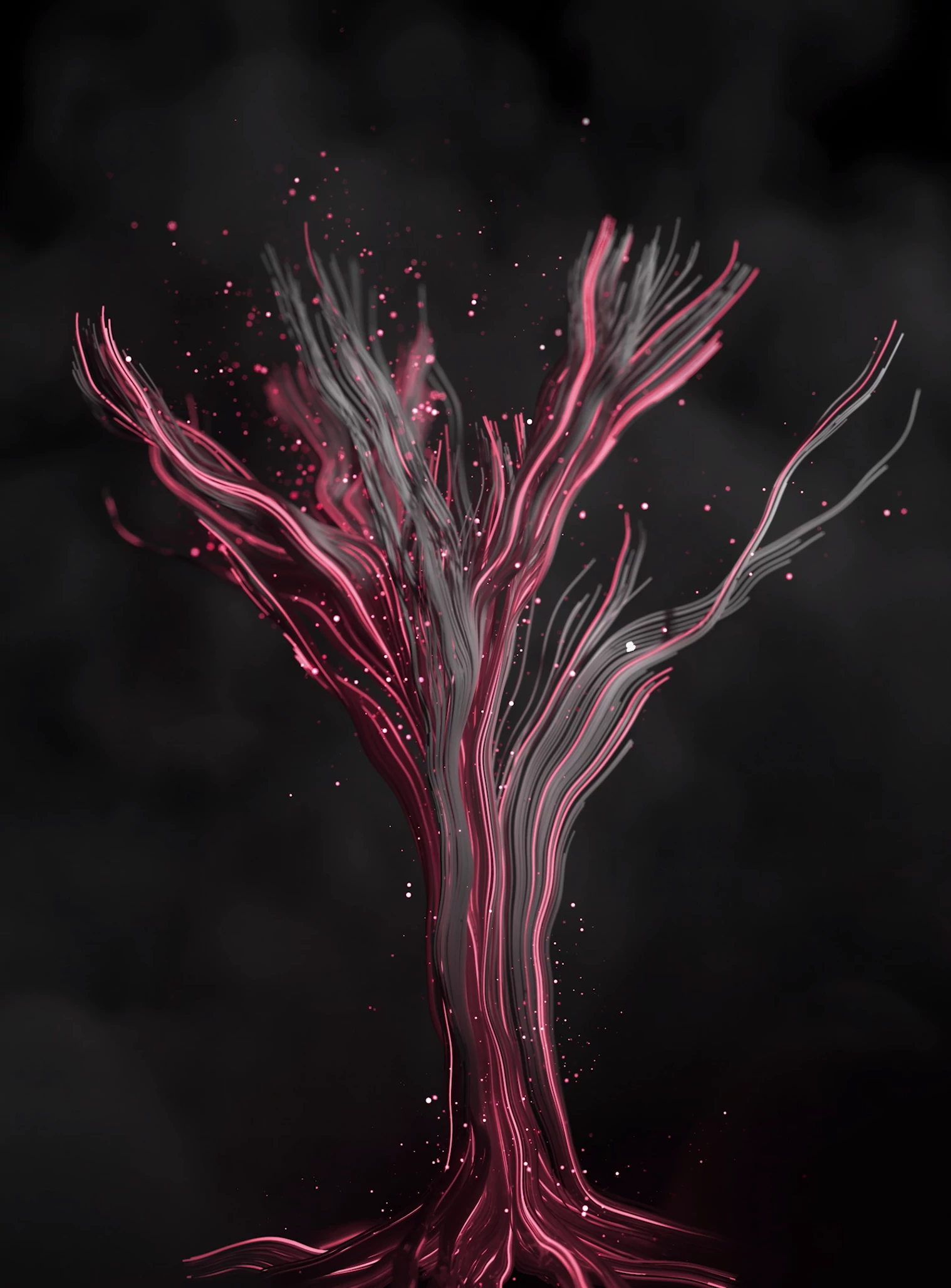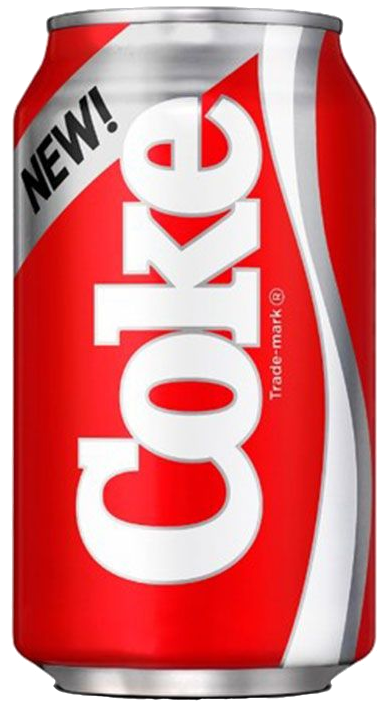Sonic Brandingfor Growth Marketing


What is Sonic Branding?
A sonic brand is a form of branding that uses sound to associate with a company, product, or service. A sonic brand can be anything from a signature jingle to an evocative soundscape designed to tap into the emotional power of sound and create a memorable experience that will leave a lasting impression on consumers.
Why Companies Choose Sonic Branding
A sonic brand can significantly impact startups in today's competitive business environment. This unique and recognizable audio identity can enhance a brand's identity and create lasting impressions on customers. Sonic branding can be used in various marketing campaigns, such as ads, videos, and social media, increasing brand awareness and recall.
A sonic brand creates an emotional connection with the audience, fostering customer engagement and brand loyalty. Moreover, startups can differentiate themselves from their competitors by standing out with a unique audio identity. Sonic branding is an effective marketing strategy that establishes a memorable and recognizable brand for startups.
Famous Sonic Brands
Here are some famous examples of sonic brands you may be familiar with:
McDonald's "I'm Lovin It" Jingle: In 2003, McDonald's launched the "I'm Lovin It" jingle in various marketing campaigns, such as TV and radio ads, social media posts, and in-store promotions. The jingle's upbeat melody and memorable lyrics resonated with McDonald's target audience, creating an emotional connection with the brand. The song became a recognizable sonic identity associated with McDonald's globally as the restaurant expanded the use of the song to other countries, with localized versions created to cater to different cultures and languages.
The success of the campaign is evident in McDonald's financial results. In 2004, the year after the jingle's launch, the company's sales increased by 5.4%. The ditty was also instrumental in expanding the brand's market share, with McDonald's outperforming its competitors in the fast-food industry.

Apple's Notification Tones: Apple introduced the iPhone notification tones with the first iPhone launch in 2007, and they have since become a recognizable sonic identity associated with the Apple brand. The notification tones were unique, simple, and easily identifiable, making them a crucial element of Apple's branding strategy. The notification tones became further popularized in various marketing campaigns, TV shows, and other popular media.
Coca-Cola's "I'd Like to Buy the World a Coke" Campaign: Coca-Cola's "I'd like to buy the world a Coke" campaign is a prime example of how a well-crafted sonic brand can create a lasting impact on brand identity and significantly impact sales. The campaign's catchy jingle, introduced in 1971, quickly became an iconic piece of sonic branding. The jingle's emotional appeal and positive association with Coca-Cola's brand values resonated with its target audience, increasing brand awareness and sales by 7% in the year of its launch.
Famous Failed Stunts
While developing a sonic brand can be a powerful tool for businesses to create an emotional connection with their audience, risks are also involved. One risk is that the sonic brand may not resonate with the target audience, leading to low brand recognition and recall. Another risk is that the sonic brand may become outdated or associated with negative events, causing harm to the brand's image. Creating a sonic brand also requires significant resources and investment, and the return on investment may not be immediate or guaranteed. The following are examples of failed sonic brands that grabbed attention in unintended ways:
The Microsoft Zune: Launched in 2006, the Microsoft Zune was supposed to be a hip, cool mp3 player that would attract the young, music-loving crowd. The Zune's signature sound (a short audio clip of screeching percussive and electronic sounds that played when turned on or off) was supposed to be its memorable and recognizable sonic identity. However, the sound received widespread criticism, with consumers finding it unappealing and annoying. Despite attempts to change the signature sound, the damage had already been done, and the Zune brand failed to gain a significant market share against its competitors, such as the Apple iPod.

Coca-Cola's New Coke Jingle: Introduced in 1985 as part of a new formula for Coca-Cola, the New Coke jingle was intended to refresh the brand's image and create a new identity. However, the song received widespread criticism, with consumers finding it unappealing and irritating. The hostile reception of the New Coke jingle had a significant impact on Coca-Cola's brand identity, with the song becoming synonymous with the New Coke formula's failure. Despite attempts to change the jingle, Coca-Cola eventually discontinued the new formula, and the original recipe was reintroduced as Coca-Cola Classic.
Google Wave Audio Logo: In 2009, Google launched Google Wave, a real-time communication and collaboration platform and precursor to Google Drive. Wave launched with an audio logo, which was widely criticized for being confusing and difficult to associate with the platform. Many users found the sound, consisting of a combination of electronic tones and percussion, jarring and unpleasant. Some users also found it difficult to differentiate from other notification sounds on their devices, which contributed to the confusion surrounding the platform.
The negative reception of the audio logo had a significant impact on Google Wave's image, with users expressing frustration and dissatisfaction with the platform's overall user experience.
A Sonic Brand Case Study
Deviate Labs' growth marketing ideology is rooted in marketing fundamentals steeped with battle-tested strategies. And, under the right circumstances and with the proper clients, we have had the opportunity to implement experimental stunts — such as a sonic brand for a digital immersive music hub.

An Ear to the Ground... and Overhead... and Behind...
To drive opt-ins and boost brand awareness for Immersive Audio Album, an online shop, blog, and hub for fans of immersive music, we created a sound test, sonic brand, and accompanying visual experience.
IAA enjoys steadily growing organic traffic from immersive music fans and creators alike, and it needed a way to capture email addresses. We knew audiophiles with expensive immersive audio setups (immersive music can accommodate 35+ channels!) wanted a way to show off and test their systems' capabilities. We also learned there was not currently a downloadable test for Dolby Atmos, which is widely regarded as the most popular immersive audio system. So, we worked in collaboration with Gabriel Lundh, a prominent Swedish Dolby Atmos producer / mixer to create the world's first downloadable Dolby Atmos and 5.1 surround sound demonstration and channel test.
To add a visual draw (an element that was sorely missing from nearly all Atmos music), we worked closely with a 3D motion graphics studio to animate an abstract video to accompany the sonic brand and sound test. The visual imagery and the audio incorporates IAA's logo and site name, creating a branded experience for users.
The sonic brand was a hit. In the weeks following the release, the test was downloaded hundreds of times - and many sonic brand downloaders went on to purchase products from the IAA Shop. Sonic brand downloaders now make up nearly half of all of IAA's email subscribers, and nearly a year later, the video is still downloaded regularly.
Ready for Growth?
Testimonials












Contact and WorkWith Deviate Labs
